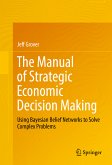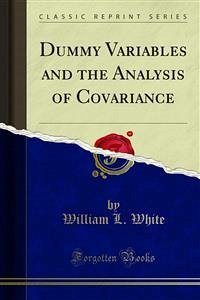Thanks to the revival by von Neumann and Morgenstern, maximization of the expected value of a concave utility function of outcomes has for the last third of a century generally been accepted as the "correct" criterion for optimal portfolio selection. Operational theorems for the general case were delayed in becoming recognized, and it was appropriate that the seminal breakthroughs of the 1950's be largely preoccupied with the special case of mean-variance analysis. Not only could the fruitful Sharpe-Lintner-Mossin capital asset pricing model be based on it, but in addition, it gave rise to simple linear rules of portfolio optimizing. In the mean-variance model, the well-known Separation or Mutual-Fund Theorem holds; and with suitable additional assumptions, the model can be used to define a complete micro-economic framework for the capital market, and a number of empirically testable hypotheses can be derived. As a result, an overwhelming majority of the literature on portfolio theory have been based on this criterion.









